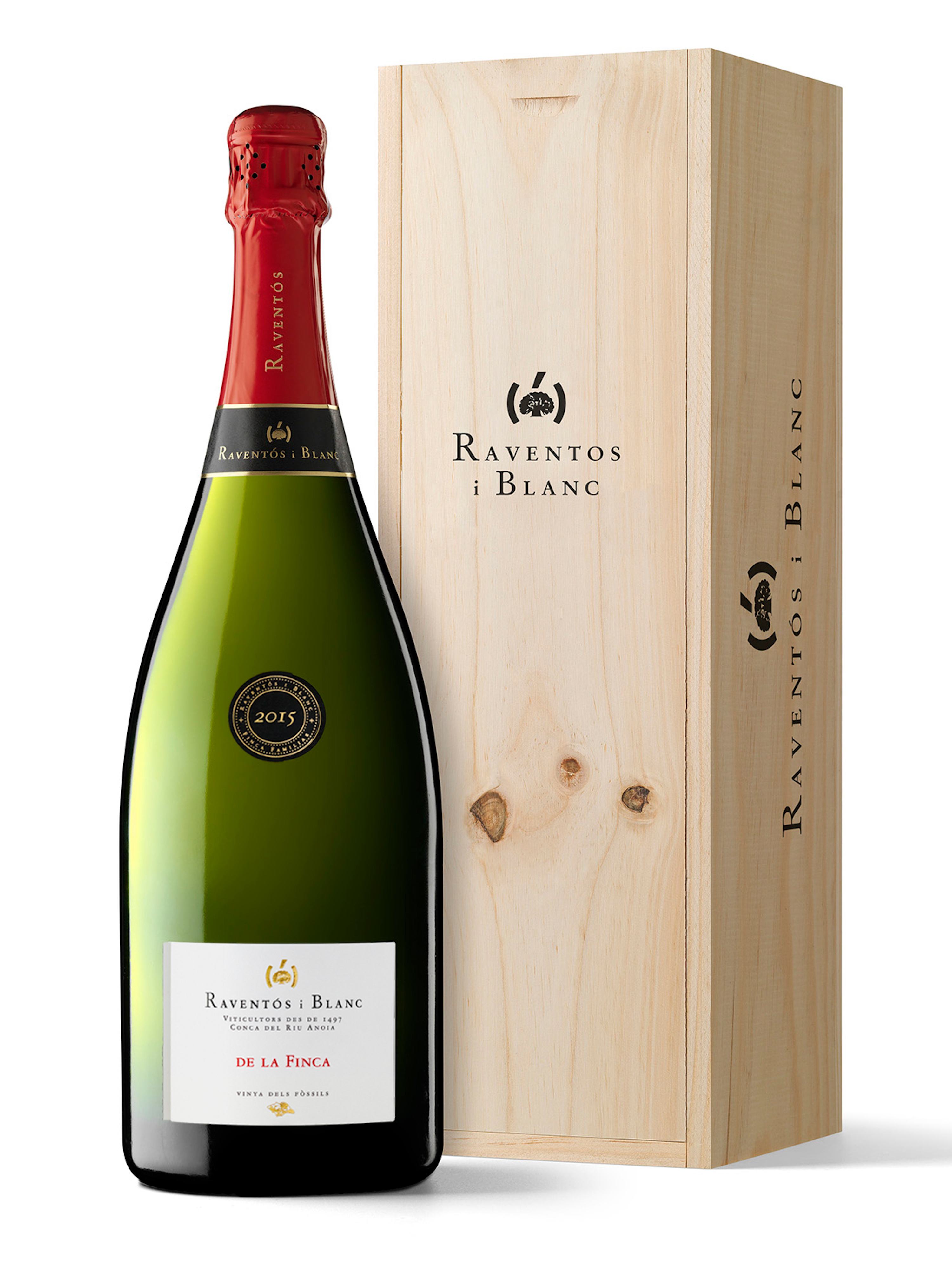Club 1497
As a member of Club 1497 you will have three exclusive fixed shipments, access to limited editions and you will be able to participate in special meetings and tastings.
Join
De la Finca sparkling wine is made with grapes from our oldest vines, planted using the gobelet system in 1964 in the Vinya dels Fòssils.
2020 HARVEST
Very low production harvest due to heavy rains. There were strong storms in autumn and winter that in the Conca del Riu Anoia gave us a good rain for the soils and did not cause material damage. But the spring continued to be very rainy, and the pressure of mildew could not be controlled, with losses of between 50 and 70% of production depending on the plot. Thanks to biodynamic farming techniques and phytotherapy, losses were no worse. However, the average production loss in the area will be 70%. Rainfall was above average at 743 mm and the average temperature was warm at 14.5ºC, 1ºC above average. This vintage will always be remembered as the vintage of silence -which will accompany the terrible pandemic-. The mildew made it one of the most sought-after vintages in the Anoia river basin. In spite of the difficulties of the vintage, the grapes showed good balance, good concertation and very good acidity.
"Despite this, in 2020 we will make little, but excellent wine; The scarcity of this vintage and the good quality of the wines may make it become the most sought-after vintage!" - Pepe Raventós
MACABEU, XAREL·LO AND PARELLADA
The plants on the Vinya dels Fòssils vineyard come from the massal selection performed by Manuel Raventós Domènech in 1888. Creator of the Penedès sparkling wine formula by combining the three native grape varieties, Macabeu, Xarel·lo and Parellada, Manuel Raventós also experimented by planting small separate plots. He took cuttings from the vines that produced the best grapes and used them to create new plantations.
Xarel·lo: Goblet-trained vines since 1964 and Espalier-trained vines since 2002.
Macabeu: Espalier-trained vines since 1994.
Parellada: Goblet-trained vines planted in 1994.
HIGH SALINE EXPRESSION
Situated on the highest terraces of the River Anoia, the Vinya dels Fòssils vineyard has marine soils with a high fossil content. This characterises the structure and the soil composition of this vineyard. The carbonates are the component that provides the main source of typicity to this sparkling wine with a high saline expression. It is a sparkling wine with a unique identity and personality.
Biodynamic viticulture. Vineyards with spontaneous plant cover, which fosters biodiversity, fertility and life in the soil. We apply manure that comes from our animals and is composted during the winter. We adopt the gobelet short pruning system. Plant infusions are used as phytotherapy to minimise the use of copper and sulphur. The European grapevine moth (Lobesia botrana) is controlled by sexual confusion. Control of berries and ripening before the harvest. Manual harvest.
Gravity-led grape reception system at the winery. At each stage, the atmosphere is controlled with dry ice. Slow, lowpressure pressing. Static settling at low temperatures. First fermentation in stainless steel vats at a controlled temperature, separating varieties and soil types, blending, second fermentation in the bottle and minimum ageing of 30 months with the lees in the bottles. We do not add expedition liquor. The disgorging date is indicated on the back label.